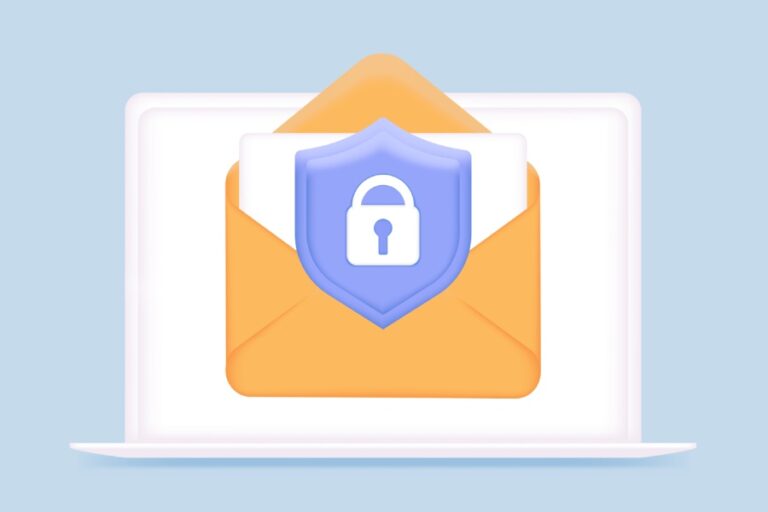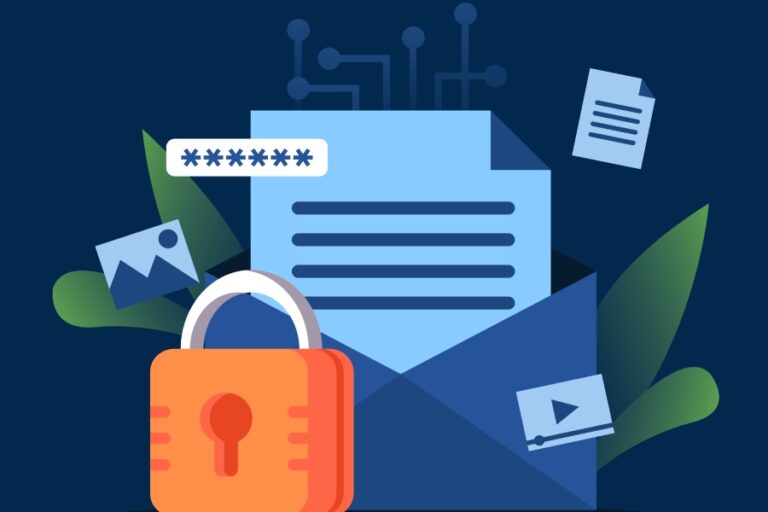DMARC XML Analyzer: Analyze Your Email Security Reports Effectively
In a world where email communication reigns supreme, securing your email domain is no longer optional—it’s essential. Every day, businesses face the threat of unauthorized use of their domains, risking reputations and relationships. That’s where DMARC comes into play. By implementing DMARC, you create a safety net against phishing attacks and other malicious activities that…









